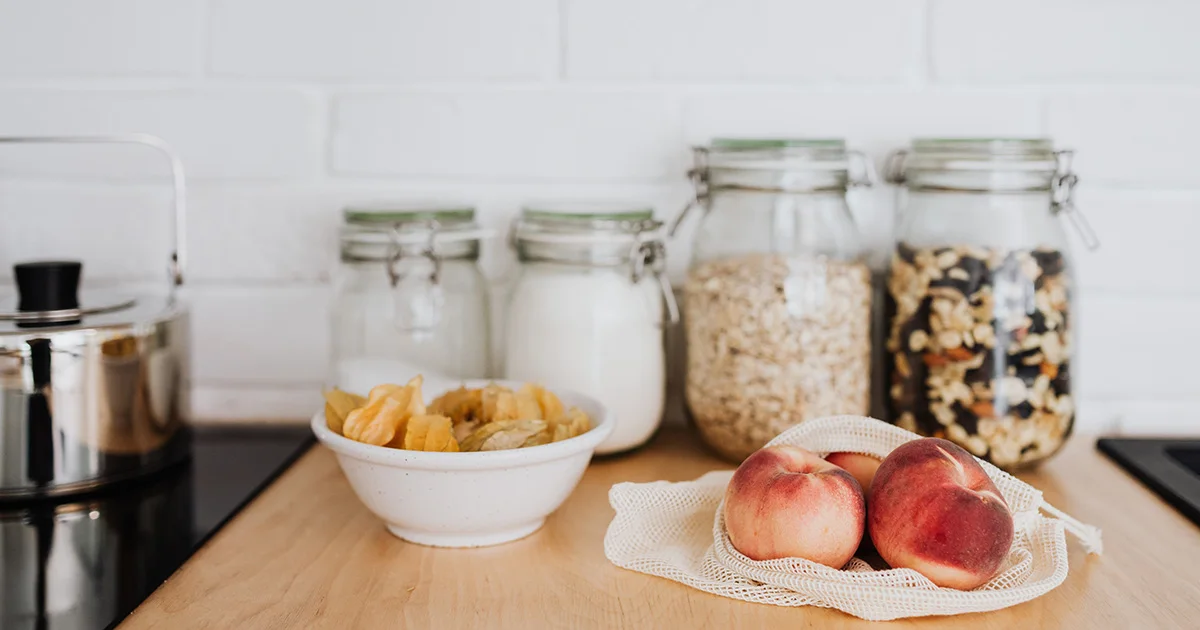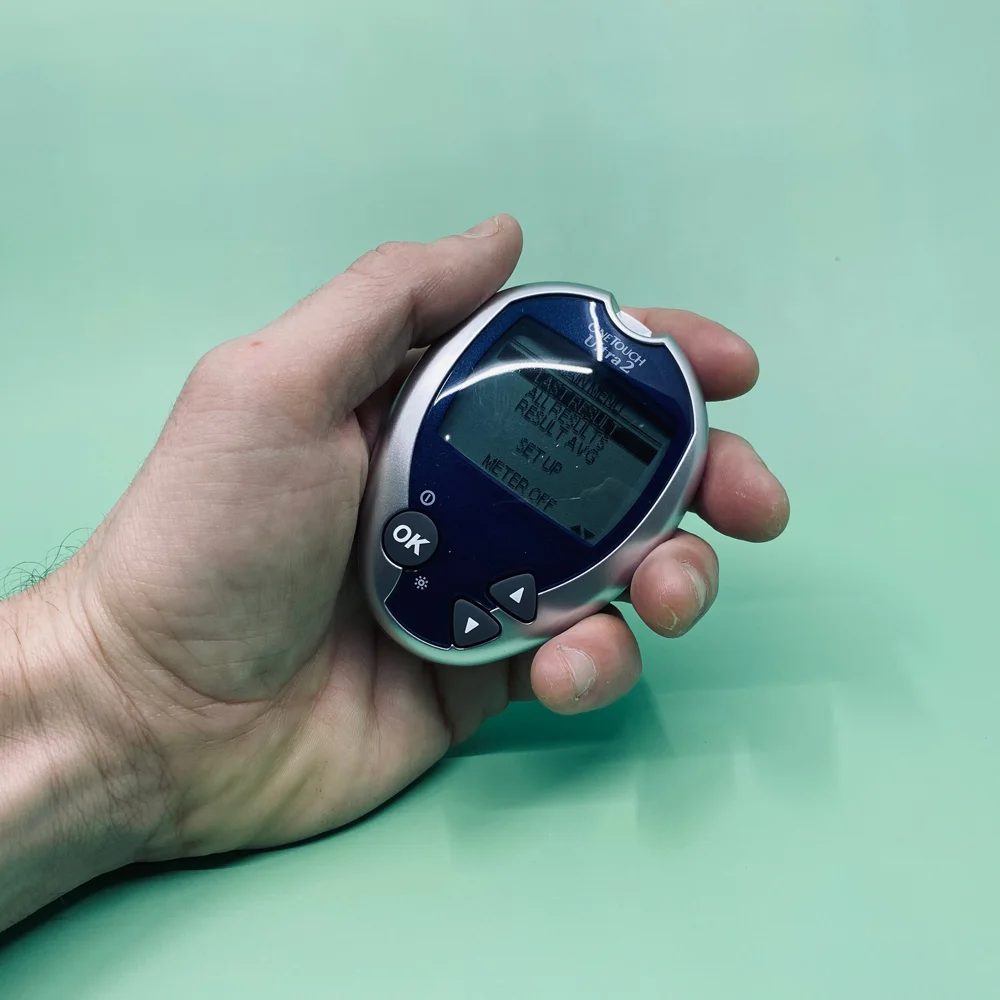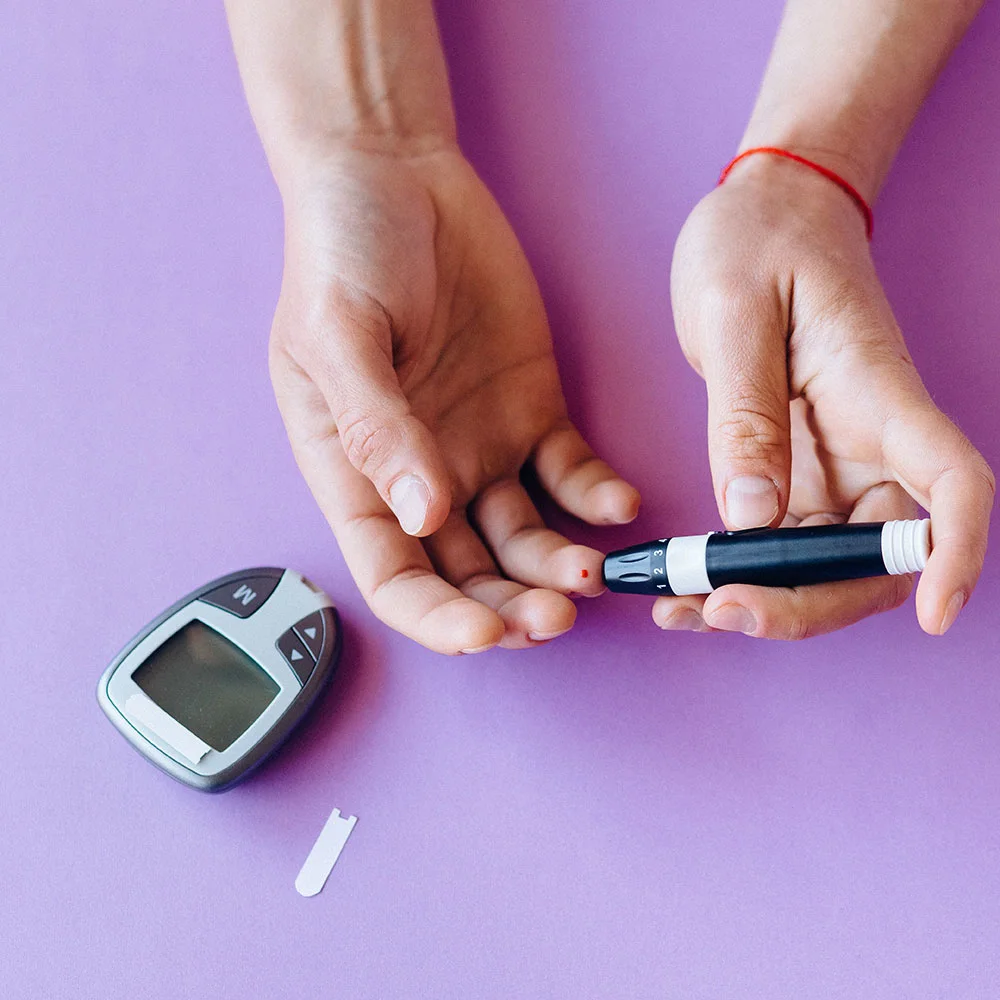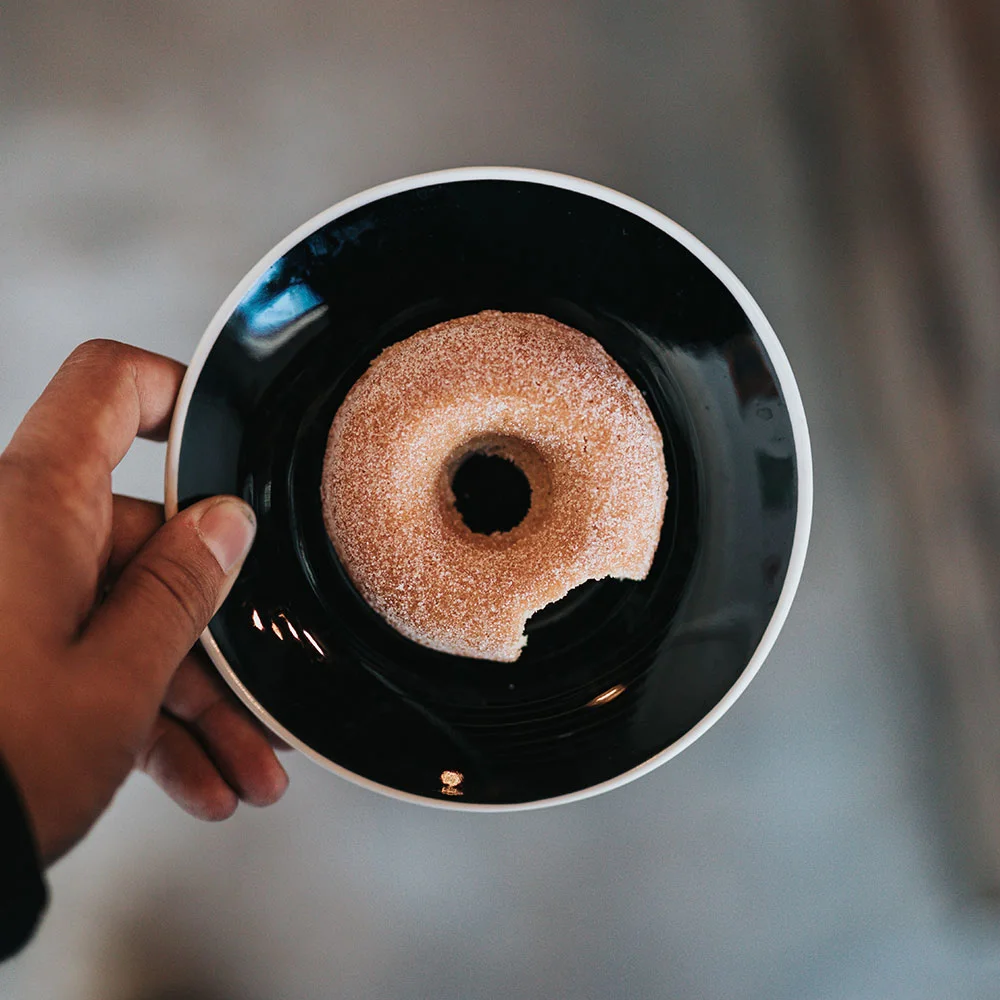Here's what we'll cover
Here's what we'll cover
Here's what we'll cover
What is the glycemic index?
The glycemic index (GI) is a scale of foods, scored from 0 to 100, based on how their carbohydrate content potentially affect blood glucose levels. High GI foods are quickly absorbed and converted into glucose, which causes blood sugar to spike. Low GI foods are metabolized more slowly, keeping blood sugar on a more even keel.
Carbohydrates are our primary source of energy. But some are higher quality than others. High GI foods tend to be highly processed and contain sugars and simple starches. Pure proteins and fats don't get a GI score, because they don't contain carbs.
Knowing a food's GI value is an essential tool in the management of diabetes or prediabetes (Riccardi, 2008). Even more valuable is the glycemic load (GL). GL is the output of a formula that factors in the serving size of a food in addition to the glycemic index of that food.
Glycemic Load = GI/100 multiplied by the net grams of planned carbohydrate (net carbohydrate is the total grams of carbohydrate minus the dietary fiber).
In many cases, paying attention to the glycemic load is better than paying attention to the glycemic index. Watermelon, for example, has a high glycemic index but a low glycemic load because the number of carbs you're eating is quite low.
Why are low-glycemic index foods important for diabetes meal plans?
In diabetes, it's essential to keep your blood sugar level stable with a healthy diet. Eating foods that are low on the glycemic index can be an extremely handy tool in your diabetes treatment plan. According to a review of 14 studies involving 356 subjects published in the journal Diabetes Care, researchers found that eating a Low GI diet reduced blood sugar had a "small but clinically useful effect" (Brand-Miller, 2003).
But keep in mind that there is no one diet that's appropriate for everyone with diabetes. Your diet may also need to address aspects of your health status, including blood pressure, weight, and cholesterol and triglyceride levels. Talk to your doctor about the right eating plan for you.
Qualities of low-glycemic index foods
Low-glycemic index foods tend to have the following attributes:
They're whole foods, minimally processed or unprocessed. Generally, the more processed a food is, the higher its glycemic index score (although there are exceptions). During processing, nutrients can be removed and replaced by additives that can affect blood sugar (such as added sugar or high fructose corn syrup).
They contain whole grains. Foods made with whole grains tend to have higher fiber content and are lower in carbohydrates than simple starches. They're digested slowly, so they're more filling and don't cause blood-sugar spikes and crashes.
They're low in sugar. Keeping your blood sugar stable is reliant on not consuming too much sugar, either naturally occurring or added. Many products you wouldn't expect to contain added sugar do — from wheat bread to pasta sauce to low-fat yogurt.
Common foods on the glycemic index
According to the American Diabetes Association, here are some examples of where foods sit on the glycemic index (ADA, n.d.).
Low GI foods (score of 55 or less)
100% stone-ground whole wheat or pumpernickel bread
Oatmeal (rolled or steel-cut), oat bran, muesli
Pasta, converted rice, barley, bulgar
Sweet potatoes, corn, peas, legumes, and lentils
Most fruits, non-starchy vegetables and carrots
Medium GI foods (score of 56-69)
Rye, pita, whole wheat, and whole-grain bread
Quick oats
Wild, basmati or brown rice, couscous
Ice cream
High GI foods (score of 70 or more)
White bread and bagels
Processed breakfast cereals: Corn flakes, puffed rice, bran flakes, instant oatmeal
Short grain rice, white rice, basmati rice, pasta, macaroni and cheese from mix
Russet potatoes, pumpkins
Pretzels, rice cakes, popcorn, saltine crackers
Watermelons and pineapple
Five good low-glycemic index foods for people with diabetes
Almonds (GI score: 0)
These nuts are an excellent choice for a snack — with a glycemic index score of zero, they won't affect your blood sugar. At the same time, they're rich in healthy monounsaturated fats and fiber, which are satiating, and omega-3 fatty acids, which have been correlated with heart, eye, and brain health.
Quinoa (GI score: 53)
This nutty-tasting grain is high in protein and fiber, so it will slow digestion, keeping your blood sugar stable and you feeling satisfied longer. Make it part of your glycemic index diet, using it in place of rice as a side dish or as a hearty addition to salads.
Spinach (GI score: <1)
This nutritional powerhouse has a glycemic index score of nearly zero, meaning it won't affect your blood sugar. At the same time, it's high in fiber and can be an extremely satisfying addition to meals. Spinach is also high in vitamins A, C, and K and rich in antioxidants; studies show consuming spinach may lower blood pressure and protect against cancer (Jovanovski, 2015).
Avocados (GI score: <15)
This creamy fruit is rich in healthy fats, fiber, and potassium, and eating them might help you lose weight. One study found that people who ate avocado with a meal felt significantly more satisfied and less likely to eat afterward than those who didn't have avocado (Wien, 2013).
Peanut Butter (GI score: 14)
Like the nut it's made from, peanut butter contains healthy fat, which will slow digestion, along with a good amount of fiber and protein. Peanuts have a glycemic index score of just 14, so you'll want to make sure your peanut butter is mostly peanuts, without added sugar or salt. So be sure to do some comparison shopping and check nutrition labels. Choose a peanut butter that has as few ingredients as possible, has low (or no) added sugar, and doesn't contain sweeteners like high-fructose corn syrup.
DISCLAIMER
If you have any medical questions or concerns, please talk to your healthcare provider. The articles on Health Guide are underpinned by peer-reviewed research and information drawn from medical societies and governmental agencies. However, they are not a substitute for professional medical advice, diagnosis, or treatment.
References
American Diabetes Association (ADA). (n.d.). Glycemic Index and Diabetes. Retrieved from https://diabetes.org/healthy-living/recipes-nutrition/understanding-carbs/carb-counting-and-diabetes
Brand-Miller, J., Hayne, S., Petocz, P., & Colagiuri, S. (2003). Low-Glycemic Index Diets in the Management of Diabetes: A meta-analysis of randomized controlled trials. Diabetes Care , 26 (8), 2261–2267. doi: 10.2337/diacare.26.8.2261. Retrieved from https://care.diabetesjournals.org/content/26/8/2261
Jovanovski, E., Bosco, L., Khan, K., Au-Yeung, F., Ho, H., Zurbau, A., et al. (2015). Effect of Spinach, a High Dietary Nitrate Source, on Arterial Stiffness and Related Hemodynamic Measures: A Randomized, Controlled Trial in Healthy Adults. Clinical Nutrition Research , 4 (3), 160. doi: 10.7762/cnr.2015.4.3.160. Retrieved from https://www.ncbi.nlm.nih.gov/pubmed/26251834
Riccardi, G., Rivellese, A. A., & Giacco, R. (2008). Role of glycemic index and glycemic load in the healthy state, in prediabetes, and in diabetes. The American Journal of Clinical Nutrition , 87 (1). doi: 10.1093/ajcn/87.1.269s. Retrieved from https://www.ncbi.nlm.nih.gov/pubmed/18175767
Wien, M., Haddad, E., Oda, K., & Sabaté, J. (2013). A randomized 3x3 crossover study to evaluate the effect of Hass avocado intake on post-ingestive satiety, glucose and insulin levels, and subsequent energy intake in overweight adults. Nutrition Journal , 12 (1). doi: 10.1186/1475-2891-12-155. Retrieved from https://www.ncbi.nlm.nih.gov/pubmed/24279738










